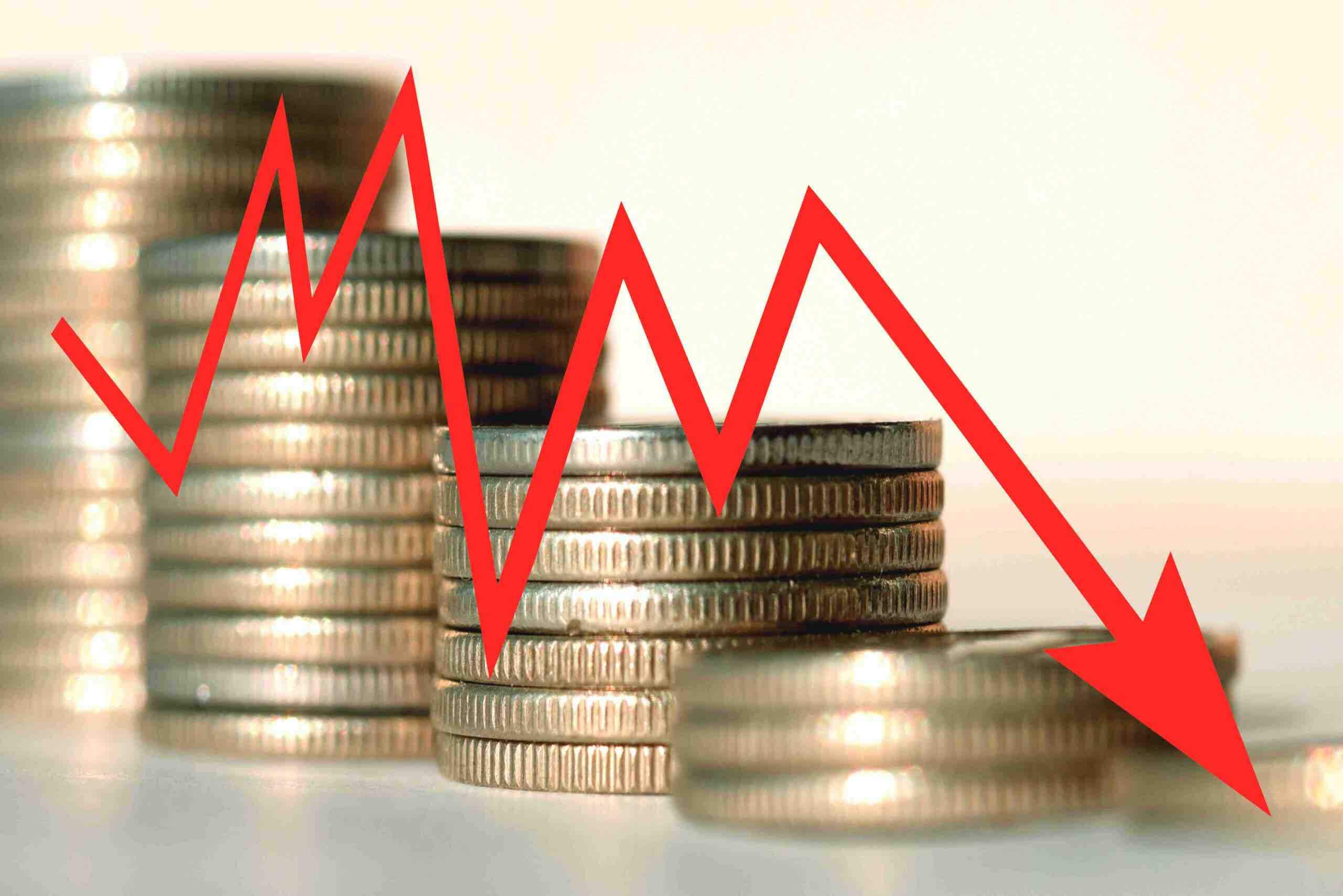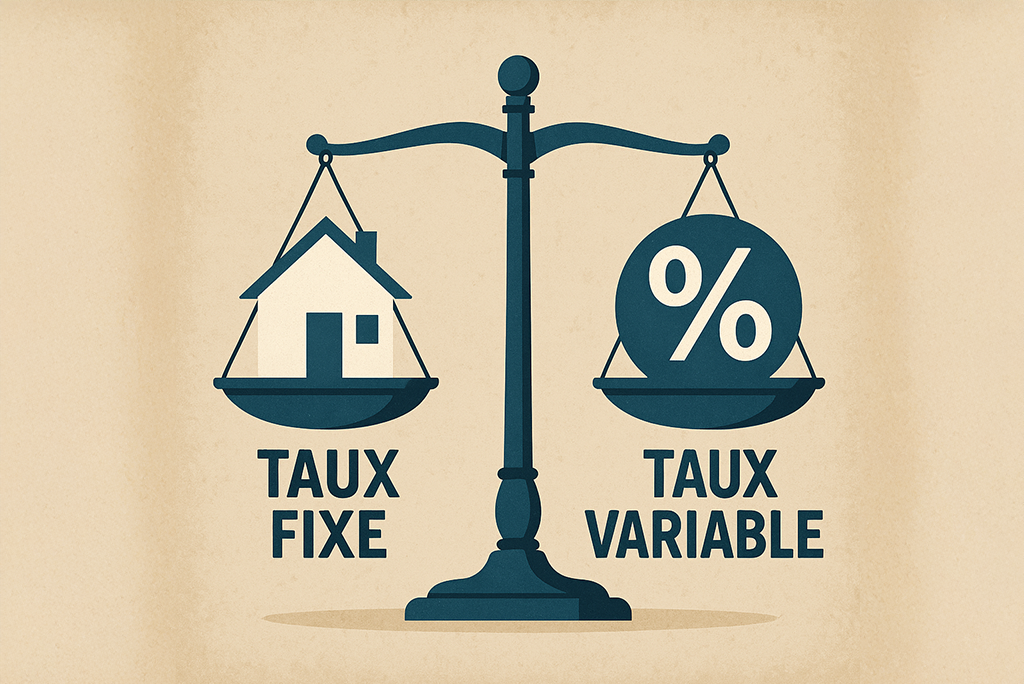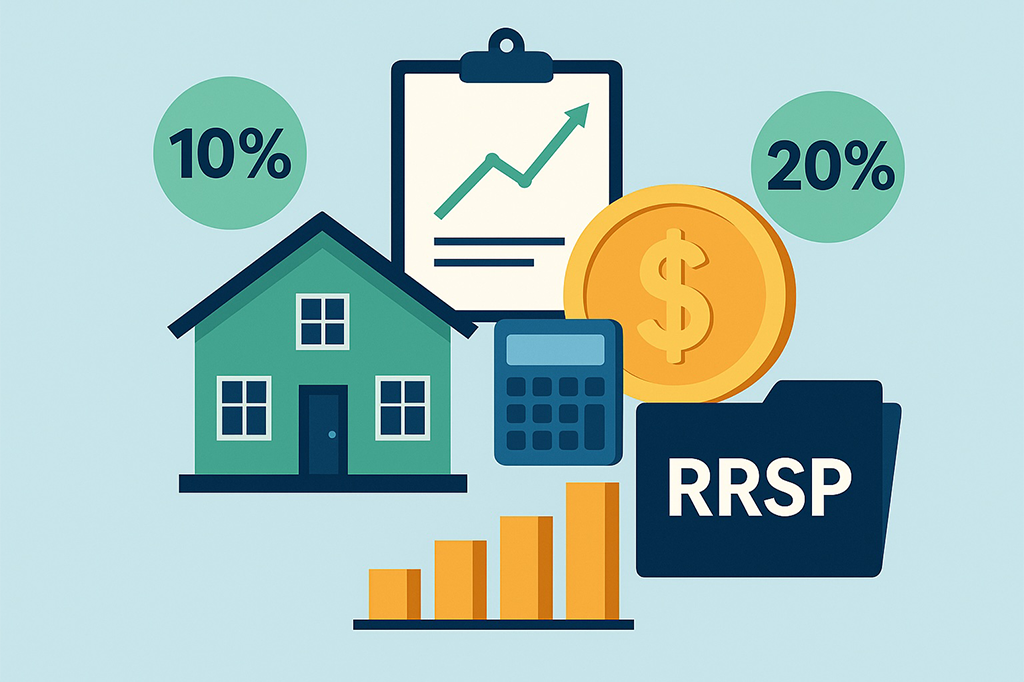The Mechanisms Behind Canadian Mortgage Rates: Understanding What Really Influences Your Home Loan
When it comes time to secure a mortgage loan, one fundamental question always emerges: what are the true factors that determine interest rate movements? This seemingly simple question reveals a complexity that’s often misunderstood by the general public.
A persistent misconception lingers in many borrowers’ minds: that all mortgage rates mechanically follow Bank of Canada decisions. This notion, while partially accurate, deserves nuanced examination and deeper understanding. In fact, the Canadian mortgage market is structured around two major rate categories, each following distinct economic mechanisms.
Variable Rate: A Direct Link to Monetary Policy
Operating Principles
Variable rates represent the instrument most directly connected to Bank of Canada monetary policy decisions. This institution, guardian of national economic stability, uses the policy rate as its primary lever to control inflation and regulate economic activity.
For beginners: imagine the policy rate as an economic thermostat. When the economy overheats (inflation too high), the Bank of Canada raises this rate to “cool down” activity. Conversely, during slowdowns, it lowers the rate to stimulate the economy.
Transmission mechanism: when the Bank of Canada modifies its policy rate, financial institutions adjust their prime rate almost instantly. This prime rate, generally established at about 200 basis points (2%) above the policy rate, serves as the reference for all variable-rate loans.
Practical Implications
This direct correlation means that holders of variable-rate mortgages see their monthly payments fluctuate based on central bank announcements. A 0.25% increase in the policy rate typically translates to an equivalent increase in variable mortgage rates within days of the announcement.
Concrete example: if your mortgage is indexed to prime minus 0.5% and the prime rate moves from 6.5% to 6.75%, your effective rate increases from 6% to 6.25%.
Fixed Rate: A More Complex Mechanism Tied to Bond Markets
Economic Foundations
Unlike variable rates, fixed rates don’t depend directly on the Bank of Canada’s policy rate. Their evolution is primarily tied to yields on Government of Canada bonds, particularly 5-year bonds for equivalent-term mortgages.
Why this correlation? When a financial institution grants you a fixed-rate mortgage for five years, it must fund itself in the markets for the same duration. The cost of this institutional funding is intrinsically linked to government bond yields of equivalent maturity.
Bond Market Dynamics
For simplified understanding: government bonds operate on an inverse logic between price and yield. When investors seek safety (during economic uncertainty), they massively purchase these bonds, driving up their price and lowering their yield. This decrease in bond yields favorably impacts fixed mortgage rates.
Conversely, during periods of economic optimism or inflationary expectations, investors abandon bonds for more lucrative investments. This shift causes bond prices to fall, mechanically increasing their yields and, consequently, fixed mortgage rates.
Advanced Influencing Factors
For informed readers, several macroeconomic variables influence bond yields:
- Anticipated inflation: investors demand compensation for purchasing power erosion
- Global economic growth: it affects investors’ risk appetite
- International monetary policies: notably those of the Federal Reserve
- Sovereign credit rating: while Canada enjoys excellent ratings, any change would have repercussions
- Geopolitical tensions: they direct capital flows toward safe havens
Rate Formation Mechanisms by Financial Institutions
Banking Margins and Risk Management
Financial institutions don’t mechanically apply reference rates. They add a margin designed to cover:
- Operational costs: management fees, personnel, infrastructure
- Credit risk: probability of borrower default
- Liquidity risk: cost of capital immobilization
- Profitability: establishment’s profit margin
This margin varies according to borrower profile, competition between institutions, and each institution’s commercial strategy.
Adjustment Asymmetry
A notable phenomenon characterizes the mortgage market: adjustment asymmetry. Financial institutions generally pass through rate increases more quickly than decreases, thus optimizing their intermediation margin.
Strategic Implications for Borrowers
Comparative Risk Profile Analysis
Variable Rate:
- Advantages: generally more favorable initially, direct benefit from rate decreases
- Disadvantages: budget uncertainty, exposure to rate increase cycles
- Suitable profile: borrowers with financial flexibility, short to medium-term repayment horizon
Fixed Rate:
- Advantages: budget predictability, protection against increases
- Disadvantages: generally higher initially, no benefit from rate decreases
- Suitable profile: borrowers prioritizing stability, tight budgets, long-term horizon
Economic Context and Timing
The optimal choice largely depends on the economic context at subscription time:
- During low-rate periods with rising prospects: favor fixed rates
- During high-rate periods with declining prospects: consider variable rates
- During uncertain periods: evaluate your personal risk tolerance
Recent Developments and Perspectives
Impact of Global Economic Volatility
Recent crises (pandemic, geopolitical tensions, inflation) have accentuated financial market volatility, making forecasts more complex. This reinforced uncertainty justifies thorough analysis of your personal situation before any commitment.
Product Innovations
The market now offers hybrid solutions: mixed rates, conversion options, rate caps. These instruments allow finer interest rate risk management.
Conclusion: Toward an Informed Decision
Understanding the underlying mechanisms of mortgage rates constitutes an indispensable prerequisite for any borrowing decision. While variable rates directly follow Bank of Canada monetary policy, fixed rates obey the complex dynamics of bond markets and economic expectations.
This dichotomy explains why we sometimes observe divergent movements: a policy rate decrease can coincide with stability or even increases in fixed rates if markets anticipate inflationary recovery.
Beyond these technical considerations, choosing between fixed and variable rates must integrate your personal financial situation, risk tolerance, and investment horizon. Consultation with a qualified financial advisor will help refine this analysis and optimize your borrowing strategy according to your specific objectives.
The constant evolution of financial markets and monetary policies requires continuous monitoring. Stay informed about economic trends and don’t hesitate to periodically reevaluate your choice, particularly during mortgage renewal periods.








